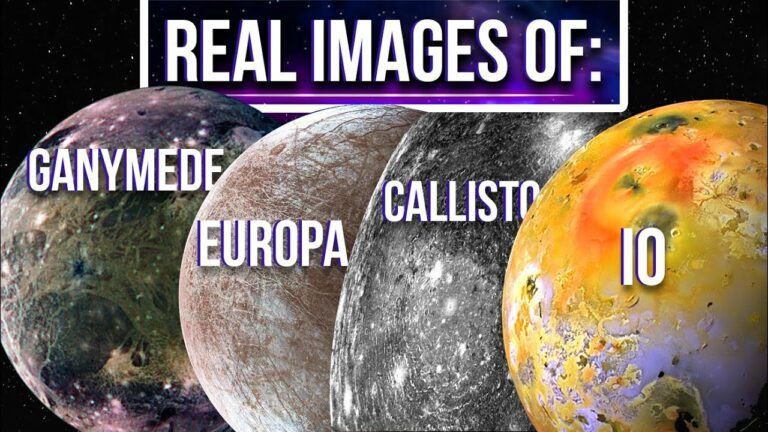Real Images Of What Nasa Discovered On Jupiter`s Moons
The two spacecraft, which aim was to exit the solar system, passed close to the moon, and images more than half of the Callisto surface, with a resolution of 1-2 km.
They also measured mass, temperature and shape.
The first-ever spacecraft to pass by Io were the Pioneer 10 and 11 probes.
It was a cold December 1973 here on Earth.
With the help of a radio-tracking technology, Pioneer helped us to estimate the moon’s mass, which, along with the best available information of its size, suggested the composition of mainly silicate rock rather than water ice.
But another interesting feature was the presence of a thin atmosphere and intense radiation belts near Io’s orbit. Here’s the Pioneer 11 picture from that mission.
It is showed the north polar region of Io.
This is the only Pioneer image, taken by Pioneer 11, of Io of any quality. The quality is not the best, but it shows some albedo features.
Close up images were also planned during pioneer 10’s encounter, but those were unfortunately lost because of the high radiation environment.This picture of Callisto was taken by Voyager 1 Tuesday, March 6, 1979, during its approach to Jupiter’s outer large satellite. The spacecraft was 350,000 kilometres from Callisto at the time and shows features about 7 kilometres across the surface.
Real Images of IoIt is showed the north polar region of Io.
This is the only Pioneer image, taken by Pioneer 11, of Io of any quality. The quality is not the best, but it shows some albedo features.
Close up images were also planned during pioneer 10’s encounter, but those were unfortunately lost because of the high radiation environment.
Do not forget to share your opinion with us to provide you with the best posts !




0 Comments